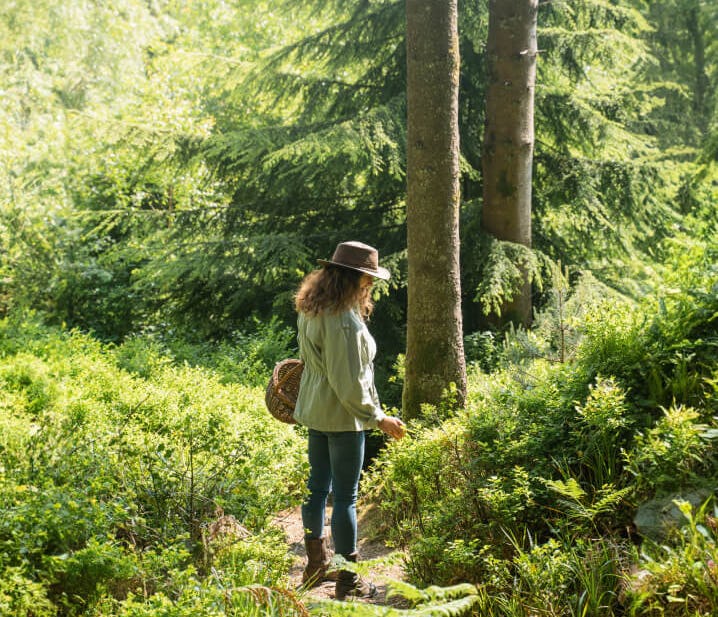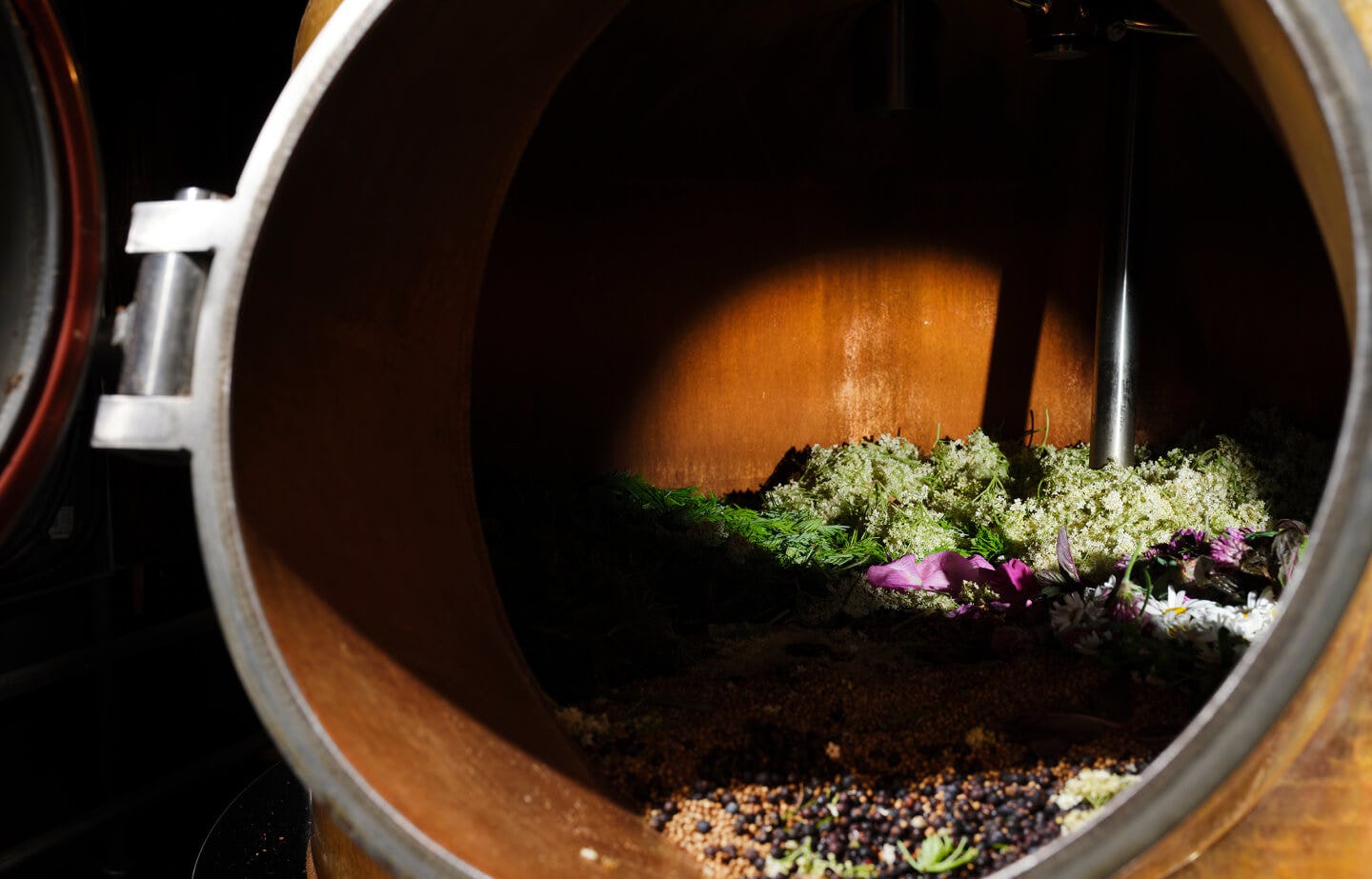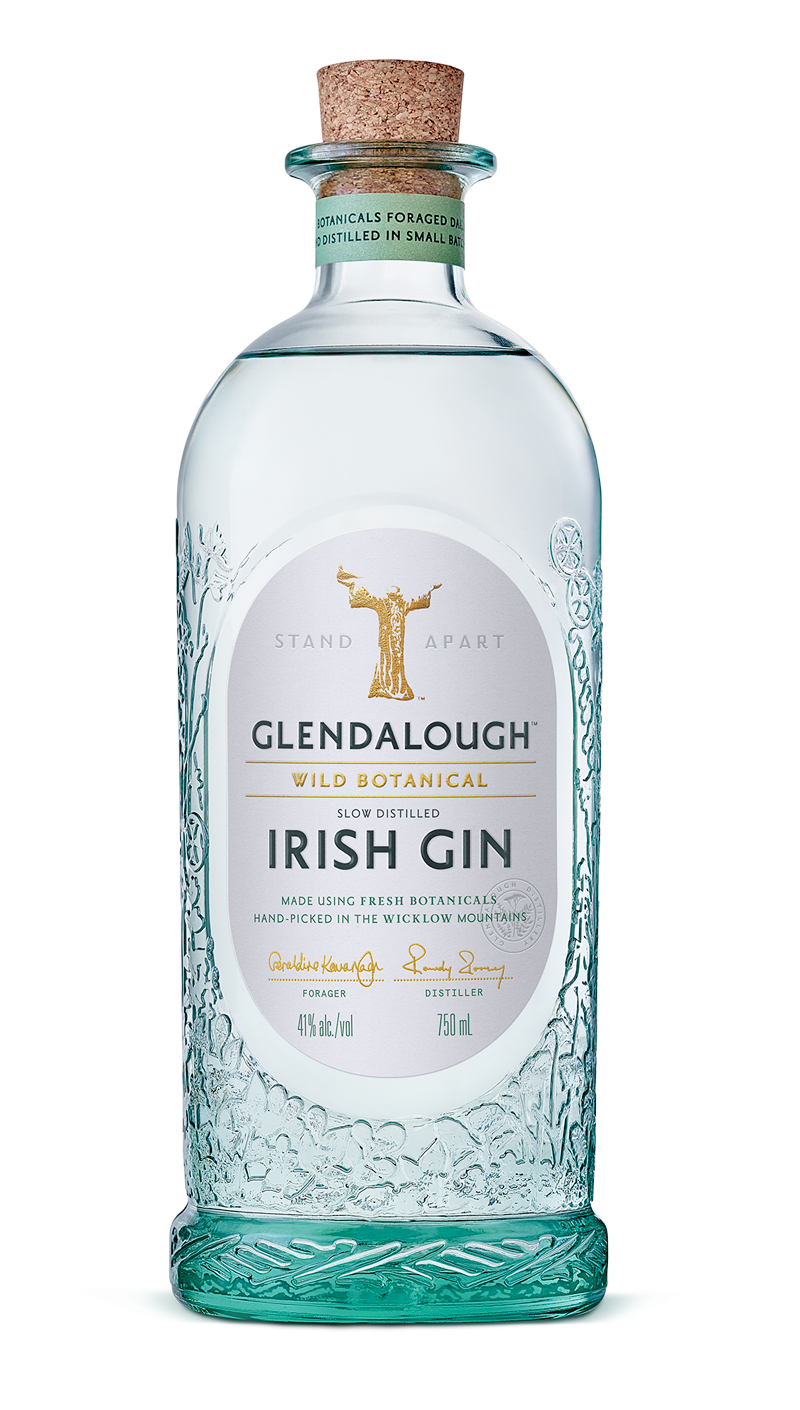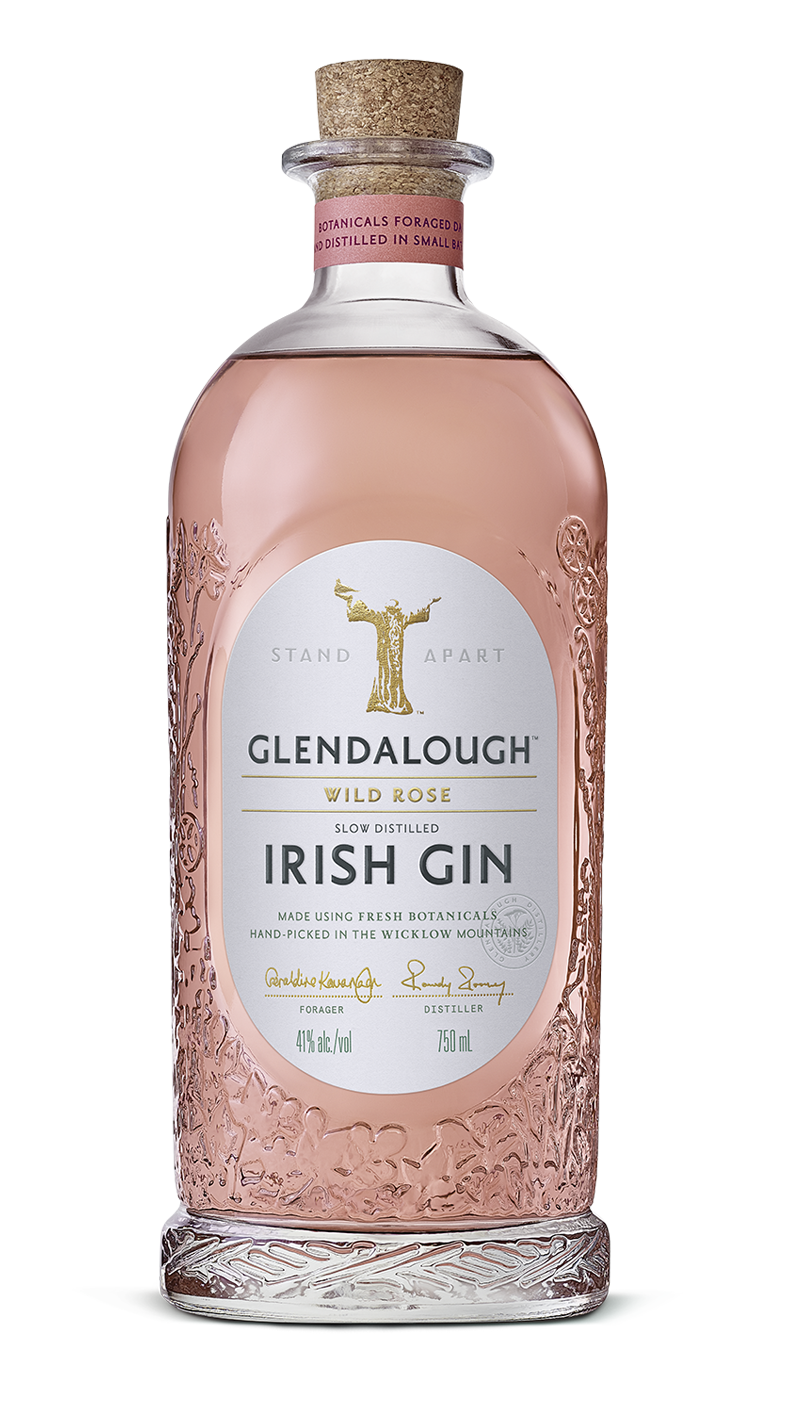Gins from a place and time
The Living Spirit of Glendalough Distillery
Glendalough Irish Gin tells the story of the living land of Glendalough. Our gins are progressively crafted with wild botanicals, foraged throughout the seasons to capture the purest expression of the bountiful valley of Glendalough through the depth of flavour in our luxury gins. There is no gin made like it and no gin that tastes like it.
Made using fresh botanicals hand-picked in the Wicklow mountains
We forage wild botanicals in the Wicklow mountains all year round moving with the rhythm of the seasons. What we pick goes fresh into the still within hours of foraging where small-batch slow distillation is used to tease out the delicate botanical flavours.
Soft of hand and light of foot, we are always careful to never take too much from one place.
Wood Sorrel
Wood sorrel is a pretty, shamrock-like plant that grows in the woods and shady places of Ireland. It is one of the wild foods that was widely eaten in Ireland.
Flavour
Wood sorrel has sharp, tangy notes, just like lemon. In former times when lemons were only available in winter, wood sorrel was used to make sauces, soups and as a garnish for fish including salmon and trout. Folklore
Folklore
The Irish for sorrel is seamsóg, or seamróg coille, shamrock of the woods. Sorrel was sometimes used in place of shamrock to pin on dresses and jackets as our national symbol on St. Patrick’s Day.
Gorse
Gorse flowers are to be found almost all year round in Ireland, but it is in April that they are at their best. Their bright yellow flowers set the Irish countryside alight. On sunny days the tropical scent of gorse flower fills the air.
Flavour
Gorse is a key spring botanical in our gin, it gives it a beautiful perfume and intense floral notes. The flavor and scent is similar to coconut, so much so that when coconut flavored chocolate bars first arrived in Ireland, people thought they tasted like gorse.
Folklore
In Ireland we say ‘when gorse is out of bloom, kissing is out of fashion’: with many different varieties, there are almost always gorse flowers in bloom, and kissing is always in fashion! Gorse had many past uses in Ireland, for dyeing fabric, medicine, building, drainage, tinder and much more. Nowadays it is not considered to be of much value. Glendalough Distillery were the first to use gorse flower as a flavor in modern times.
Scots Pine
Scots pine was one of the most abundant trees to be found in post-glacial Ireland, colonising the landscape as the ice retreated 10,000 years ago.
Flavour
We use the needles of pine and fir trees to add citrus notes to our gins. The young needles have lemon and lime notes. Later in the year they develop orange and grapefruit notes.
Folklore
Much use was made of pine that had been buried and preserved for thousands of years in the bogs of Ireland. Special tools were used to locate the subterranean wood. With its resinous, citrussy oils preserved, pieces of bog pine were used as tinder, torches and candles.
Hawthorn
Hawthorn is one of the most common trees in Ireland, often found growing near historic sites, holy wells and fairy forts. We use the bright blossoms that adorn the hedgerows in the month of May, and in autumn we pick the red berries or ‘haws’. In Irish it is known as ‘an sceach geál’, the bright bush.
Flavour
The hawthorn blossoms add a sweet, almond flavor. They must be picked when they are in perfect condition which is just for a few days in May.
Folklore
There is a lot of superstition surrounding hawthorn because of their association with faeries (fairies). In Ireland it is common to see a lone hawthorn tree in fields and pastures. This is because it is considered very bad luck to cut down a hawthorn tree. Even in modern, cosmopolitan Ireland people are loath to touch these magic trees. In the 1990’s a proposed motorway route had to be altered as there was a hawthorn tree in the way and no one would risk cutting it down. It was said that the faeries of Kerry would gather at this tree as they prepared to go into battle with the faeries of Connaught.
Woodruff
Woodruff is a delicate plant of spring and early summer. It is beautiful in its simplicity, with white flowers and whorled leaves. It has a long history of use in flavoring drinks and in perfumery, both for its scent and its ability to bind ingredients and make perfume last longer on the skin.
Flavour
Woodruff contains coumarin, an aromatic flavor that smells similar to new-mown grass or hay. The flowers have almond and vanilla-like notes.
Folklore
The plant was used to flavor wine. It was also dried and used to scent linen, ‘for the grateful smell and to banish insects’.
Primrose
Nothing says spring in Ireland more than a pretty bank of primroses. Wild primroses have the most exquisite scent with beautiful pale yellow, or sometimes pink petals.
Flavour
The flavor of primroses is delicate, floral, and as the name suggests, a little rose-like.
Folklore
Primroses are mentioned in many songs and tunes such as Lough Erin ‘s Shore, The Banks of Sweet Primroses, The Primrose Lass. The flowers were also used in many traditions to protect and bless the cows and their milk over the coming year.

GERALDINE KAVANAGH
IRELANDS ONLY FULL-TIME FORAGER




